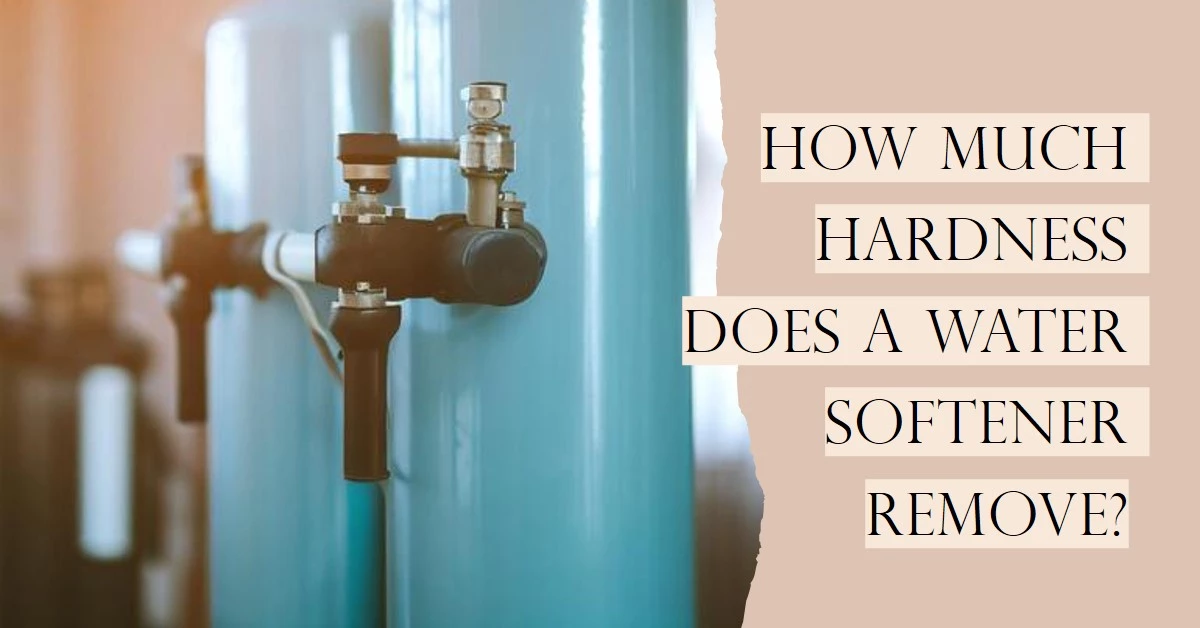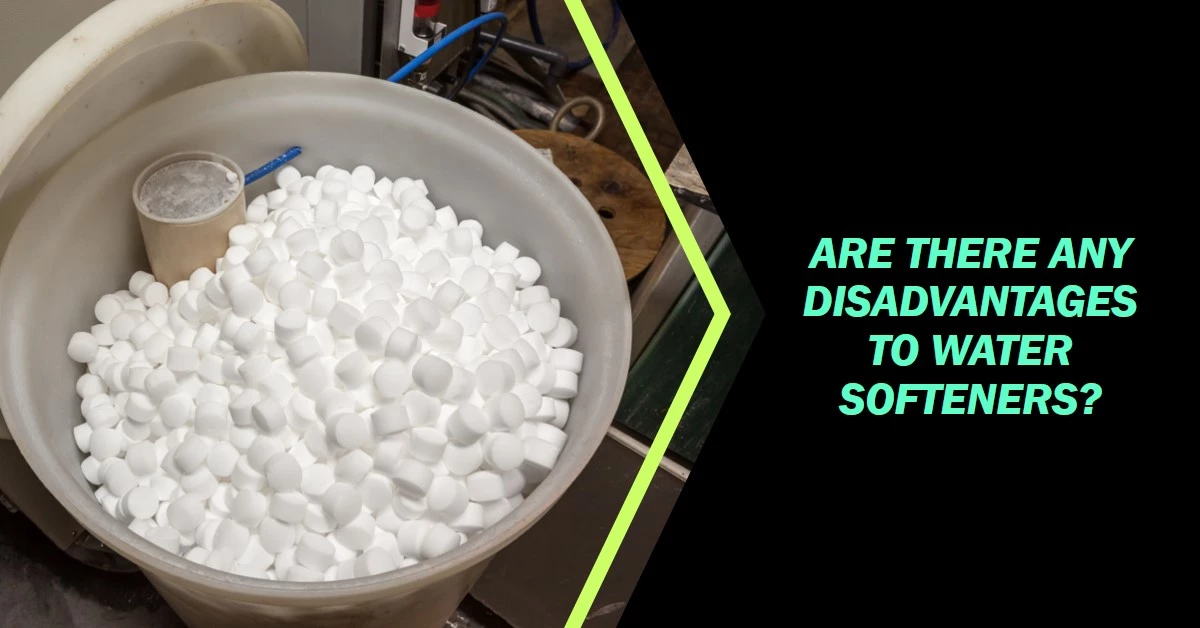Water hardness is a common issue faced by homeowners, and water softeners offer a solution to this problem. This article is designed to help you understand water softeners, their effectiveness in reducing hardness, and key factors to consider when choosing the right system for your household.
Understanding Water Hardness
Water hardness is defined by the presence of minerals such as calcium and magnesium in your water supply. The concentration of these minerals is measured in grains per gallon (gpg), with the following levels generally used to classify water hardness:
- Soft: 0-3.5 gpg
- Moderate: 3.5-7 gpg
- Hard: 7-10.5 gpg
- Very hard: 10.5 gpg and above
How Water Softeners Work
Water softeners use a process called ion exchange to remove hardness-causing minerals from water. Here’s a brief overview of how this process works:
- Water enters the softener and flows through a bed of resin beads.
- These resin beads are coated with sodium or potassium ions.
- As water flows through the resin, the hardness-causing minerals (calcium and magnesium) are attracted to the resin beads, effectively exchanging places with the sodium or potassium ions.
- The now “softened” water continues through the system and is distributed throughout your home.
Efficiency of Water Softeners in Reducing Hardness
The efficiency of a water softener in reducing hardness depends on several factors:
- The type of softener (salt-based or salt-free)
- The quality of the resin used
- The regeneration process and frequency
Generally, salt-based water softeners are more effective at reducing hardness, as they can remove up to 99% of calcium and magnesium minerals. Salt-free softeners, on the other hand, typically work by altering the structure of these minerals, making them less likely to form scale deposits but not entirely removing them from the water.
Types of Water Softeners
There are two main types of water softeners: salt-based and salt-free.
- Salt-based softeners use sodium or potassium to replace hardness-causing minerals in the ion exchange process. These systems are highly effective at reducing hardness but require regular maintenance and regeneration.
- Salt-free softeners, also known as water conditioners or descalers, work by altering the structure of hardness-causing minerals, making them less likely to form scale deposits. These systems require less maintenance but may not be as effective at reducing hardness.
Sizing and Setting Your Water Softener
Choosing the correct size and setting for your water softener is essential for optimal performance. To determine the right size, consider the following factors:
- Your home’s water hardness level (measured in gpg)
- Daily water usage (in gallons)
- Number of people living in the household
The hardness setting on your softener should be adjusted based on the results of a water analysis, which will provide an accurate measure of your home’s water hardness.
Health and Environmental Impacts
While water softeners provide numerous benefits, it’s essential to consider their potential health and environmental impacts. For instance, sodium intake from softened water can be a concern for individuals on a low-sodium diet. Using potassium instead of sodium in your softener can help mitigate this issue, though it can be more expensive.
Additionally, the salt discharge and brine produced by water softeners can have environmental consequences. Opting for a salt-free softener or a system with reduced salt usage can help minimize these impacts.
Water Softener Installation and Maintenance
Proper installation and regular maintenance are critical for ensuring the longevity and effectiveness of your water softener. While DIY installation is possible, it’s often best to consult with a professional to ensure the system is set up correctly and meets local regulations.
Regular maintenance tasks for your water softener include:
- Replenishing the salt or potassium in the brine tank
- Cleaning the resin bed and components, such as the brine tank and injector
- Conducting periodic water tests to ensure the system is functioning optimally
Cost and Efficiency Considerations
When investing in a water softener, it’s essential to weigh the initial investment against the ongoing operating costs. While salt-based systems are typically more effective at reducing hardness, they also require more maintenance and salt or potassium, which can add to the overall cost. Salt-free systems, on the other hand, require less maintenance but may not be as effective at reducing hardness.
By carefully considering your specific needs, water hardness levels, and budget, you can find a water softening solution that balances efficiency and cost.
Key Takeaways
Water softeners can effectively reduce hardness in your home’s water supply, improving the quality of your water and protecting your plumbing and appliances. By understanding the different types of softeners, sizing and setting considerations, health and environmental impacts, and cost factors, you can make an informed decision when choosing the right system for your household.




